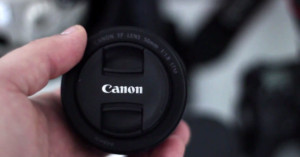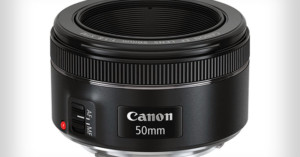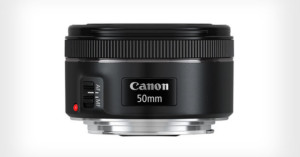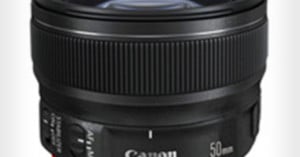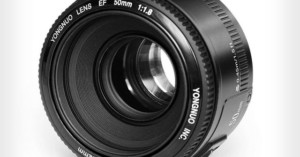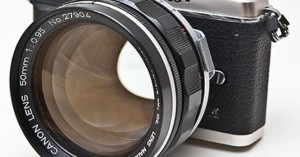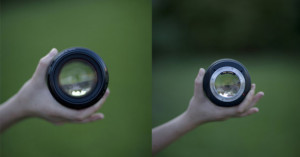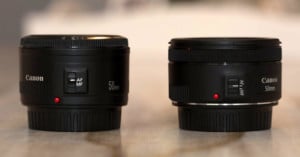
Battle of the Nifty Fifties: Canon’s 50mm f/1.8 Lenses
This year, the Canon EF 50mm f/1.8 II, also called the "Nifty Fifty" celebrates its 25th birthday. Yes, that's right: this lens was released back in December 1990 and is the second oldest lens that's still in production. Yet it still dominates the list of the most popular Canon lenses, and for good reason: it's cheap, it's fast, it's small and lightweight, and it offers good performance for the price, which makes it the first prime lens for most Canon owners.
But of course, being such an old lens does have its downsides, so Canon has just released the successor to the old Nifty Fifty: the new Canon EF 50mm f/1.8 STM.
